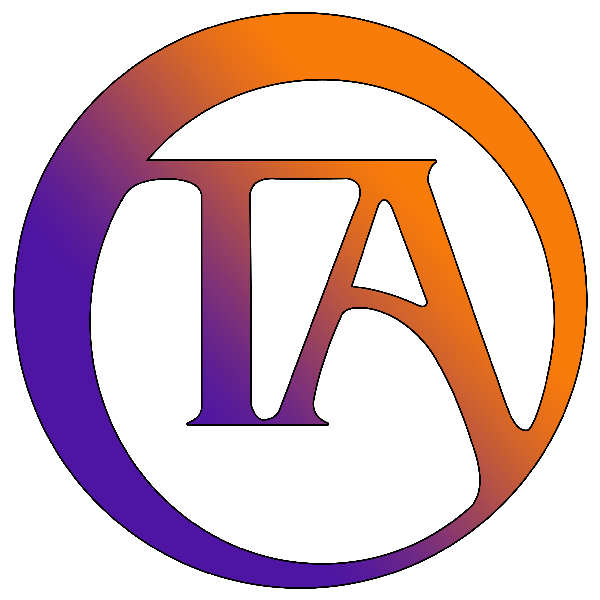
Image cleaning
The first function that we applied to our image is bilateral filtering. If you want to understand deeply how it works, there is a nice tutorial on OpenCV site, and you can find the description of the parameters here.
In a nutshell, this filter helps to remove the noise, but, in contrast with other filters, preserves edges instead of blurring them. This operation is performed by excluding from the blurring of a point the neighbors that do not present similar intensities. With the chosen parameters, the difference from the other image is not strongly perceptible, however, it led to a better final performance.
im= cv2.bilateralFilter(im,5, 55,60)
plt.figure(figsize=(10,10))
plt.title('BILATERAL FILTER')
plt.imshow(im); plt.xticks([]); plt.yticks([])
plt.savefig('img2.png',bbox_inches='tight')
The second operation it’s pretty clear: we project our RGB images in grayscale.
im = cv2.cvtColor(im, cv2.COLOR_BGR2GRAY)
plt.figure(figsize=(10,10))
plt.title('GRAYSCALE IMAGE')
plt.imshow(im, cmap='gray'); plt.xticks([]); plt.yticks([])
plt.savefig('img3.png',bbox_inches='tight')
The last transformation is binarization. For every pixel, the same threshold value is applied. If the pixel value is smaller than the threshold, it is set to 0, otherwise, it is set to 255. Since we have white text, we want to blackout everything is not almost perfectly white (not exactly perfect since usually text is not “255-white”. We found that 240 was a threshold that could do the work. Since tesseract is trained to recognize black text, we also need to invert the colors. The function threshold from OpenCV can do the two operations jointly, by selecting the inverted binarization.
_, im = cv2.threshold(im, 240, 255, 1)
plt.figure(figsize=(10,10))
plt.title('IMMAGINE BINARIA')
plt.imshow(im, cmap='gray'); plt.xticks([]); plt.yticks([])
plt.savefig('img4.png',bbox_inches='tight')
This is the input that we want! Let’s put everything into a function:
def preprocess_finale(im):
im= cv2.bilateralFilter(im,5, 55,60)
im = cv2.cvtColor(im, cv2.COLOR_BGR2GRAY)
_, im = cv2.threshold(im, 240, 255, 1)
return im
Tesseract configuration
Before running our tesseract on the final image, we can tune it a little bit to optimize the configuration. (These lists come directly from the documentation).
There are three OEM(OCR Engine modes):
- 0 Legacy engine only.
- 1 Neural nets LSTM engine only.
- 2 Legacy + LSTM engines.
- 3 Default, based on what is available.
And thirteen PSM(Page segmentation modes):
- 0 Orientation and script detection (OSD) only.
- 1 Automatic page segmentation with OSD.
- 2 Automatic page segmentation, but no OSD, or OCR. (not implemented)
- 3 Fully automatic page segmentation, but no OSD. (Default)
- 4 Assume a single column of text of variable sizes.
- 5 Assume a single uniform block of vertically aligned text.
- 6 Assume a single uniform block of text.
- 7 Treat the image as a single text line.
- 8 Treat the image as a single word.
- 9 Treat the image as a single word in a circle.
- 10 Treat the image as a single character.
- 11 Sparse text. Find as much text as possible in no particular order.
- 12 Sparse text with OSD.
- 13 Raw line. Treat the image as a single text line, bypassing hacks that are Tesseract-specific.
In bald what we found to work better. Furthermore, we decided to give tesseract a whitelist of acceptable character, since we preferred to have only the capital letters in other to avoid small text and strange characters that are sometimes found by tesseract.
custom_config = r"--oem 3 --psm 11 -c tessedit_char_whitelist= 'ABCDEFGHIJKLMNOPQRSTUVWXYZ '"
Now we can check if everything is finally working:
img=np.array(Image.open('..\\immagini_test_small\\meme3.jpg'))
im=preprocess_final(img)
text = pytesseract.image_to_string(im, lang='eng', config=custom_config)
print(text.replace('\n', ''))
And the answer is…” WHEN TOWARDS DATA SCIENCE REFUSES YOUR ARTICLE”.
Et voilà! Now everything works perfectly.
